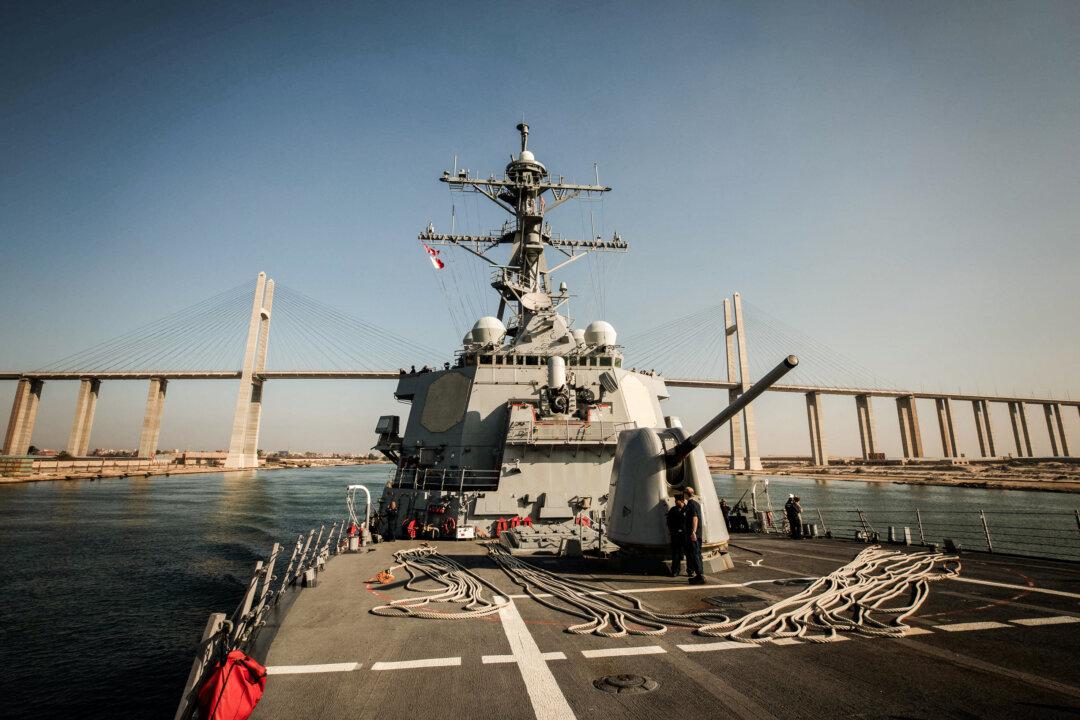The United States has assembled an arsenal of acronyms to counter advances in diverse missile technologies that make these often-mobile, ever-evolving, and ubiquitous weapons systems relatively inexpensive to attack with but increasingly costly to defend.
Since October, U.S. Navy guided-missile destroyers in the Red and Aden seas have knocked down numerous drones and at least four Quds-2 cruise ballistic missiles targeting Israel and commercial ships launched by Iran-backed Houthi rebels in Yemen, including twice since Dec. 3.





